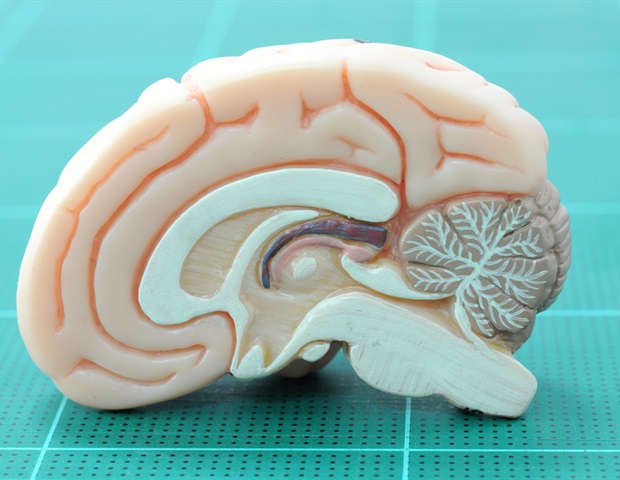
New findings on the serious adverse outcomes associated with non-medical use (NMU) of prescription amphetamines for attention deficit hyperactivity disorder (ADHD) were recently published in the September 2019 issue of the Journal of Attention Disorders.
The findings, based on an analysis of call data from the U.S. National Poison Data System (NPSD), demonstrate that NMU of these medicines by oral, nasal (snorting or sniffing) or IV injection routes significantly increases the risk of hospitalization, and is also linked to an increased risk of other serious outcomes including admission to critical care and psychiatric units, attempted suicide and even death.
The non-medical use of these important medications for ADHD is a significant and growing problem that causes devastating consequences for individuals, families and communities. These real-world findings reinforce the need to educate policymakers, patients, caregivers and the public about the severe and dangerous outcomes of non-medical amphetamine use, especially by nasal and injection routes of administration."
Study author Stephen Faraone, PhD, Distinguished Professor of Psychiatry and Neuroscience & Physiology at SUNY Upstate Medical University
The analysis was based on reports of intentional or unintentional use of prescription stimulant amphetamines processed by regional poison centers and uploaded to the NPDS between 2012 and 2016. A total of 15,876 records (6,163 adolescents and 9,713 adults) were analyzed. Researchers defined three groups based on intentional oral (n=11,161), nasal (n=598) or IV injection (n=164) NMU and compared them to a control group of people reporting of unintentional oral exposure to amphetamine (n=3,953).
Key findings
The odds of dying were approximately 22 times greater for people who non-medically used amphetamines by injection compared to the control group (1.2% IV versus 0.03% control), and approximately 13 times greater for the nasal administration group (0.5% intranasal versus 0.03% control).Rates of hospitalization across the NMU groups (68% for the injection group, 64.7% for the oral group and 49% for the nasal group) were statistically significantly higher than those of the control group (22%). Those who non-medically used amphetamines by injection were also at greatest risk of being admitted to a critical care unit (36.6% versus 24.6% for oral NMU, 21.1% for nasal NMU and 7.9% for the control group), indicating that many of these patients were seriously ill.
Suspected suicide attempts were more common among people reporting oral NMU of amphetamines (74.1%) than those who misused or abused by injection (20.7%) and nasal (15.6%) routes. Rates of oral NMU and suicide attempts increased simultaneously over the five years of the NPDS data analysis, suggesting that NMU of amphetamines is increasing as a method for suicide attempts.
Moreover, admissions to a psychiatric unit were significantly higher in the oral NMU group compared with the injection and nasal NMU groups.
Data from this study shows that amphetamine NMU is associated with high morbidity and mortality, and that educational initiatives are needed to alert prescribers to the existence of NMU and the potential consequences for their patients.
SUNY Upstate Medical University
Journal reference:
Faraone, S.V. et al. (2019) Prevalence and Consequences of the Nonmedical Use of Amphetamine Among Persons Calling Poison Control Centers. Journal of Attention Disorders. doi.org/10.1177/1087054719843182.






No comments
Post a Comment